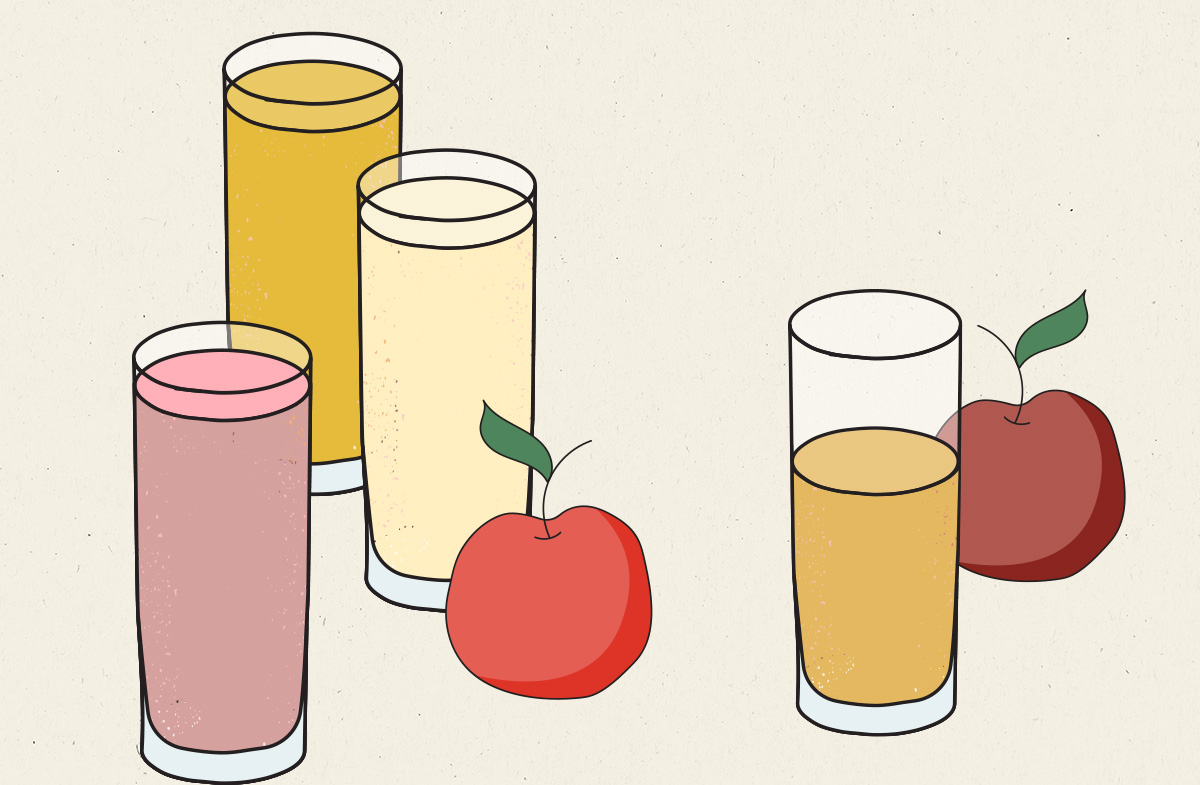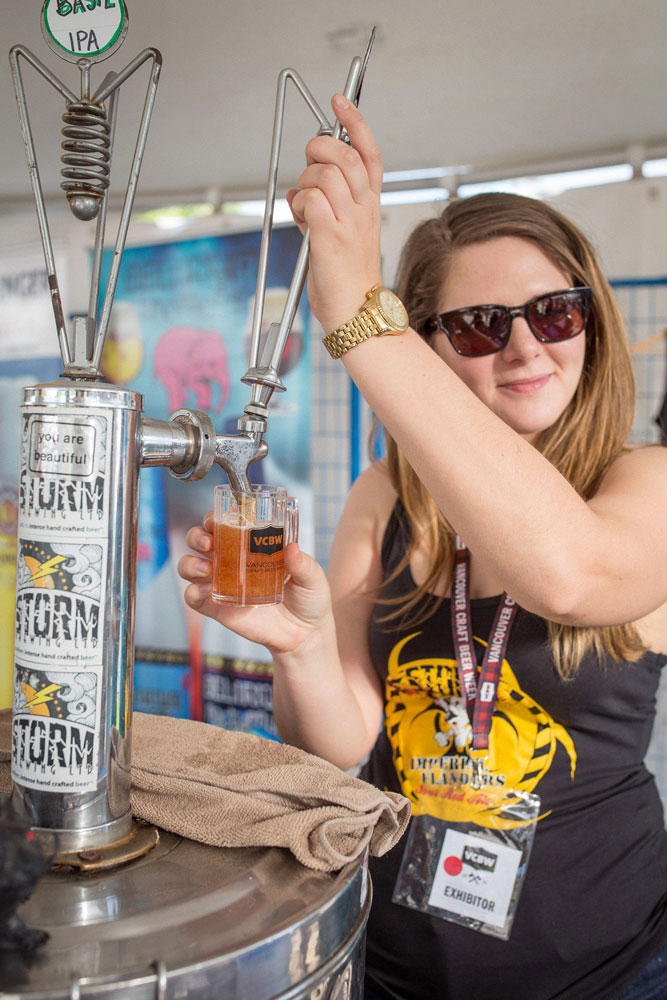Check out your local craft liquor store for an ever-expanding choice of ciders

Consumers are more knowledgeable about beer styles today than they’ve ever been. Seriously, is there anyone left who thinks “beer” is just one thing?
These days, even the most craft-beer-casual drinker can tell a hazy IPA from a pilsner or refreshing fruited sour—and can tell you which one they like best.
But cider? That’s a different story. I’m a cider maker and can tell you first-hand, that when someone talks to me about my beverage of choice, they’ll almost always say they like it—as long as it’s not “too sweet.”
Beyond preferring it dry, most people I meet can’t name the style of cider they like best, even if they know they’d choose a porter over a pale ale nine times out of ten.
And that makes sense. There’s a simple reason we aren’t as familiar with different styles of cider. Until recently, if you wanted to drink anything other than North American-style modern cider (more on this below), you’d have to find a specialty liquor store and buy an imported bottle.
Beer ingredients store well, so brewers have long been able to create recipes using malts and hops from all over and brew beers of every conceivable flavour and colour. But apples have to be used when they’re still fresh, so cider makers have traditionally had to make do with apples they could grow themselves or obtain locally. And, here in B.C., the provincial government gives cider makers strong financial incentives to only use fruit grown within the province.
So, while brewers might mix and match malts from Germany and hops from Australia to reimagine regional beer styles from around the world, cider makers depend heavily on apples grown commercially nearby—think grocery-store varieties like Ambrosia and Golden Delicious—or the fruit they grow themselves. But, as more cideries open in B.C., more small, diverse orchards take root and it’s in these orchards where you’ll find a wealth of apple varieties that bring unique characteristics to cider. These days, cideries are using an ever-expanding range of fruits, herbs, spices and techniques to create flavours that take cider past the constraints imposed by the humble apple.
The United States Association of Cider Makers has come up with a helpful list of style guidelines to help identify the cider in your glass. While there are too many styles and sub-styles to name here, this summary will give you an idea of what’s on offer in the cider section of your local, craft-focused liquor retailer. Happy tasting!
Modern cider
This is the stuff you’re most likely to be familiar with, because nearly every B.C. cidery makes one. Modern cider is made using table apples rather than cider-specific versions and the flavour profile is usually light, fruit-forward, acidic and low in tannins—those bitter or astringent compounds you find in grape skins and cider apples, among other places. It can be bone dry or fairly sweet, depending on whether the maker has blended fresh juice into the cider after fermentation or halted it with temperature control and pasteurization. It can be packaged hazy or, if it’s filtered, can be crystal clear. It may not be exotic, but don’t be put off—a clean, well-made modern cider can be as elegant as it is refreshing.
Try: almost any B.C. cidery’s flagship cider.
Heritage cider
Heritage cider really represents several regional styles under one name. Their common denominator is the use of apple varieties originating from the primary cider-producing regions of Europe, the United Kingdom, France, Spain and Germany. Old World cider apples typically come with higher tannins and complexity than culinary apples, creating flavour profiles, which can evoke wood, earth or leather. Some heritage ciders are made through spontaneous fermentation, during which the cider maker allows the yeast and bacteria found naturally in the fruit to reproduce and ferment the juice, instead of adding lab-cultured wine yeast. This can create a plethora of wonderful and challenging flavours, from rustic barnyard funk to a bracing, kombucha-like acidity.
Try: Merridale Traditional, Nomad Sparkling Sagardo, Twin Island Late Season Keeve.
Perry
Cider’s lighter, more delicate, often sweeter cousin, perry is made from pears instead of apples. Similar in many regards, pear juice differs from apple juice in that it contains sorbitol, a sweet-tasting sugar alcohol that yeast can’t ferment. As a result, perry usually has a subtle sweetness that complements the pears’ floral character. Modern perry, which encompasses most B.C. perries, is made from culinary pears (such as Bartlett or Bosc), while the much rarer heritage perry is made from specific pear varieties, which typically have significant concentrations of bitter tannins. Fun fact: sorbitol can have a mild laxative effect on some people, making large quantities of perry a bad choice for a date night.
Try: Naramata Dry Pear Cider, Dominion Lost Generation Perry, Fraser Valley Perfect Perry.
Specialty cider
This umbrella category includes any apple cider made with the addition of non-apple fruit, botanicals (including hops) or spices, plus barrel-aged ciders and more. Fruit ciders can be made by adding fruit juice to apple cider after fermentation is complete or, for a different result, the fruit can be added at the beginning of the process and co-fermented with the apple juice. Infusing cider with hop flowers yields hopped ciders, which usually showcase the fruity and floral aroma of hops without the bitterness. And, when you age a cider in an oak barrel, it becomes a wood-aged cider, whether it’s a whisky or wine barrel. Often a specialty cider will span multiple categories, reminding us that style guidelines aren’t meant as limits, but only just that—guidelines.
Try: Salt Spring Wild Hopped Apricot, Sea Cider Rumrunner, Sunday Cider Rosé.




